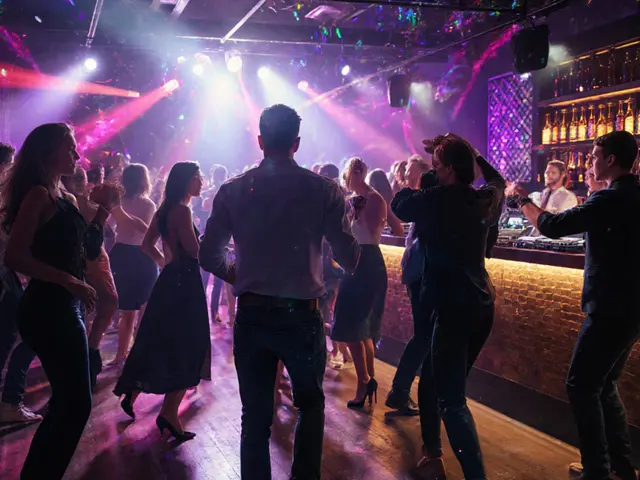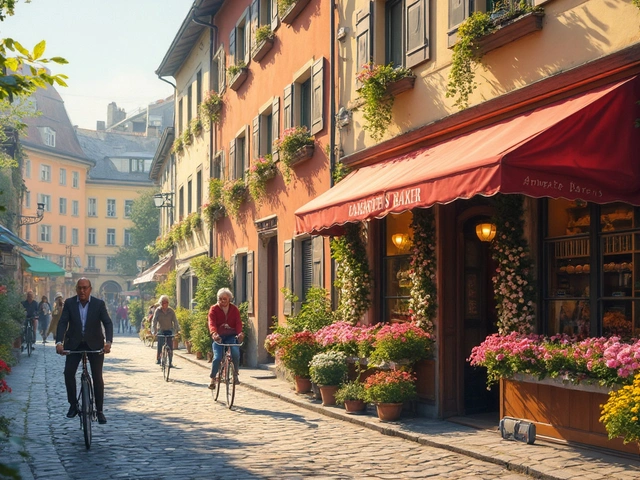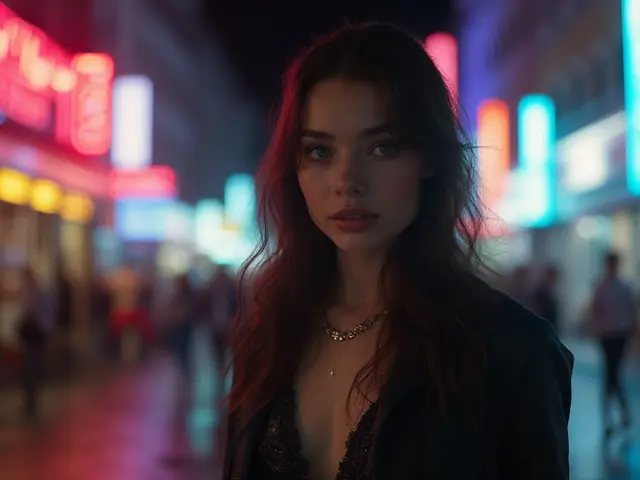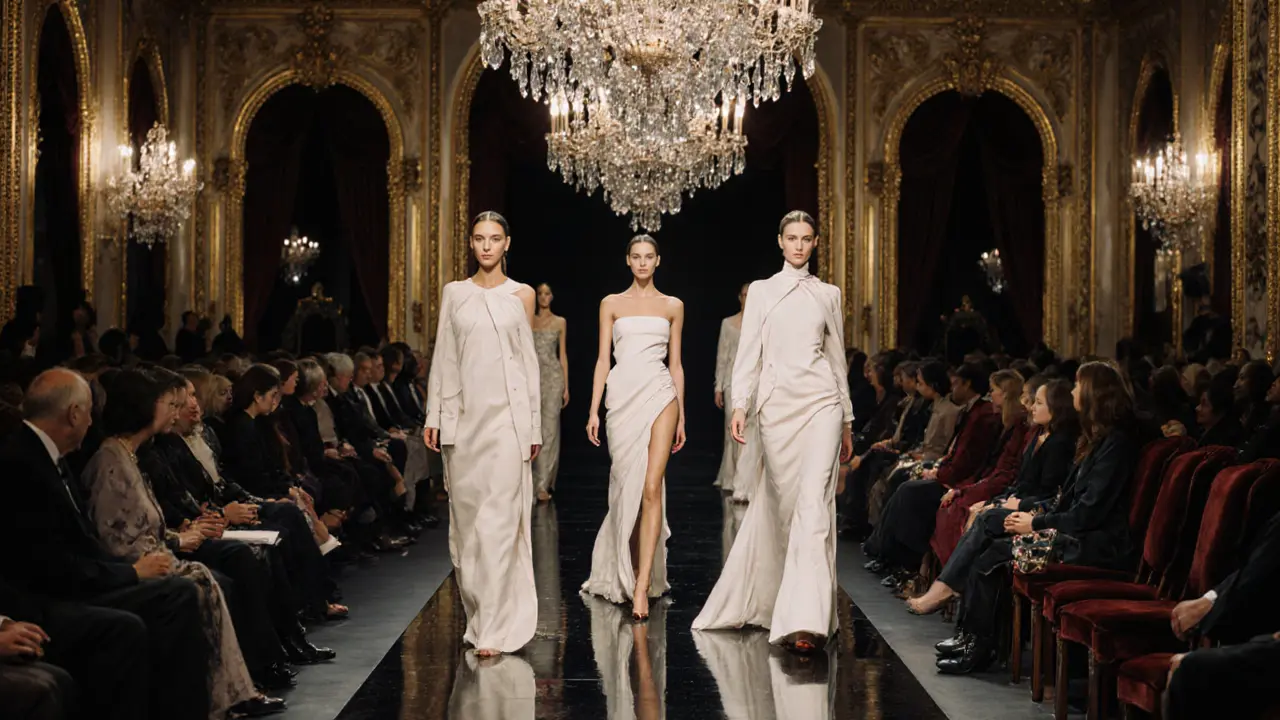
For decades the word supermodels conjured images of towering silhouettes, dramatic poses, and air‑conditioned runway halls. Today that image is splintering, and the catwalk itself is being rewired. From Instagram livestreams to virtual reality shows, the runway revolution is reshaping who walks, how they walk, and why anyone should care.
Quick Takeaways
- Digital platforms have turned the runway into a 24/7 spectacle, expanding reach beyond fashion capitals.
- Diversity and body‑positivity are no longer niche; they are now central to casting decisions.
- Modeling agencies are investing in data‑driven talent scouting and contract models that reward online influence.
- Traditional runway conventions still matter for haute couture, but hybrid shows blend physical and virtual elements.
- Upcoming trends point toward AI‑generated outfits and fully immersive virtual fashion weeks.
The story of the runway revolution can be split into three overlapping phases: the classic catwalk era, the rise of digital media, and the hybrid future where technology and tradition coexist.
Who Is a Supermodel?
When the term first entered popular culture in the 1990s, Supermodel was a model with global brand recognition, a distinctive runway presence, and the ability to command multi‑million‑dollar contracts like a celebrity. Their portfolios spanned high‑fashion editorials, commercial advertising, and even TV appearances. Today the definition has broadened: a supermodel can be a TikTok star who amasses millions of followers, a plus‑size advocate reshaping beauty standards, or a virtual avatar created by AI. What remains constant is the power to influence trends, sales, and cultural conversations.
The Classic Runway: From Paris to New York
Historically, the runway was a physical stage limited to a handful of cities-Paris, Milan, London, and New York. Designers relied on Fashion Week a curated series of runway shows held twice a year where collections are presented to buyers, press, and influencers. The format was rigid: models walked in a single line, lighting was controlled, and the audience attended by invitation only. The result was an exclusive, highly stylized presentation that reinforced hierarchy-both in the fashion world and within society.
During this era, the power dynamics favored agencies and designers. Models signed long‑term contracts that guaranteed a steady stream of runway jobs but often limited their ability to pursue independent brand deals. Salary structures were opaque, and the primary metric of success was the number of high‑profile shows walked.
Digital Disruption: Instagram, Live Streams, and the Virtual Catwalk
The internet’s arrival in the early 2000s set the stage for change, but social media truly flipped the script. Instagram a photo‑ and video‑sharing platform that, by 2025, hosts over 2billion monthly active users and serves as a primary discovery tool for fashion gave models direct access to audiences, bypassing traditional gatekeepers.
Now a model can post a single outfit snapshot that earns millions of likes, instantly boosting their market value. Brands monitor engagement metrics-likes, comments, reach-to decide who to book for a runway. This shift turned the runway into a real‑time marketing channel. During the 2024 New York Fashion Week, over 70% of shows offered live streams on Instagram and TikTok, reaching an estimated 350million virtual spectators.
Virtual catwalks go a step further. In 2023, a Paris‑based designer launched a fully immersive VR runway where attendees wore headsets to view 3D models walking through a digital set. While the physical experience remained valuable for haute couture, the virtual approach opened doors for emerging designers lacking the budget for traditional shows.
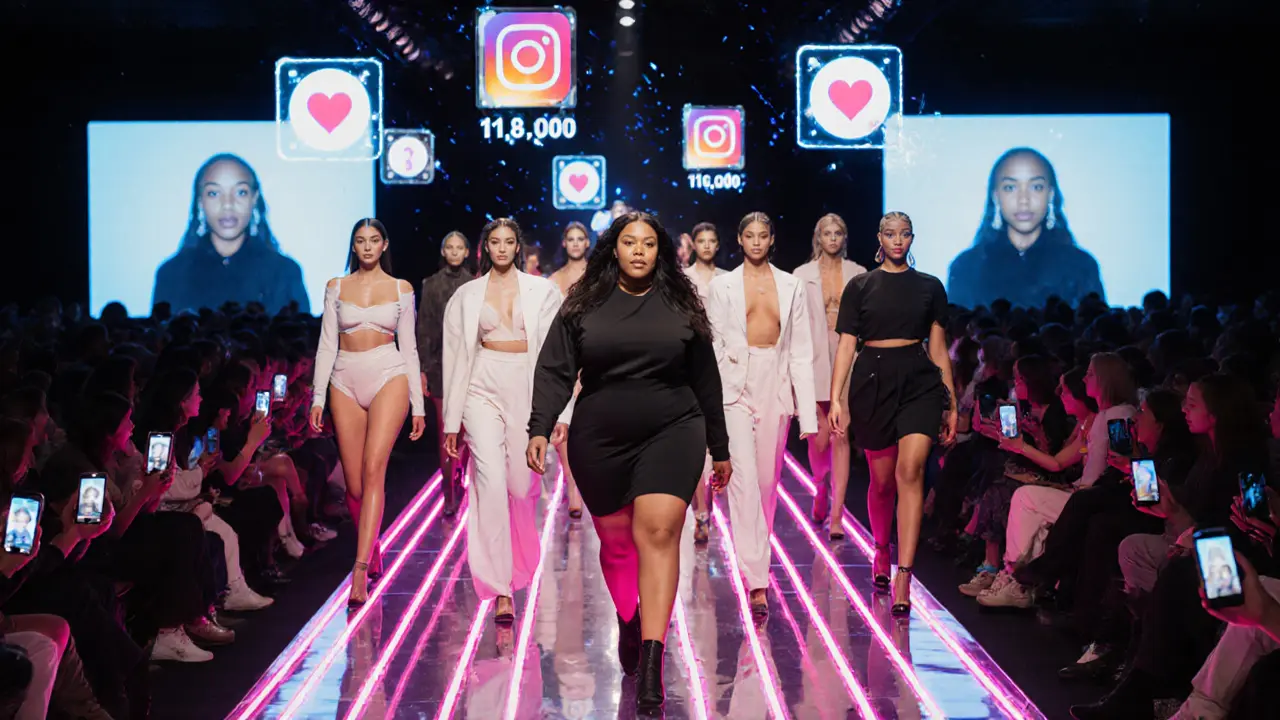
Diversity and Body Positivity: The New Casting Rules
Consumer demand for representation has forced the industry to rewrite its casting criteria. Diversity the inclusion of varied ages, ethnicities, body types, and gender identities in fashion imagery and runway line‑ups is now measured by metrics like the Diversity Index, a score ranging from 0 to 100 published annually by the Fashion Transparency Initiative.
Fashion weeks that once showcased 90% Caucasian, ultra‑thin models now see a more balanced roster. For example, the 2025 London Fashion Week reported a Diversity Index of 68, up from 45 in 2019. The shift is not just moral; studies by the Global Retail Institute show that inclusive campaigns boost sales by an average of 11%.
Modeling Agencies: From Talent Scouts to Data Hubs
Agencies have adapted by integrating data analytics into talent management. Modeling Agency a company that represents models, negotiates contracts, and provides career development services, now often equipped with AI tools to predict market trends now track a model’s follower growth, engagement rates, and audience demographics to negotiate higher fees.
Contracts have become more flexible. Short‑term, project‑based deals replace the old 5‑year exclusive contracts, allowing models to collaborate with multiple brands simultaneously. Some agencies even offer revenue‑sharing models where they take a smaller percentage in exchange for promoting the model’s personal brand across social channels.
Career Impacts: Opportunities and Pitfalls
The runway revolution brings both doors and challenges. On the upside, models can build personal brands, launch their own product lines, and earn income from affiliate marketing. A 2024 survey of 1,200 models found that 42% now earn more from online sponsorships than runway fees.
However, the pressure to maintain a constant online presence can lead to burnout. The line between personal and professional life blurs, and negative comments can affect mental health. Agencies are beginning to offer mental‑wellness programs, but the industry still lacks a standardized support system.
The Future of the Runway: Hybrid Shows and AI‑Generated Fashion
Looking ahead, the runway will likely become a seamless blend of physical and digital. Haute Couture the high‑end segment of fashion featuring handcrafted, one‑of‑a‑kind garments, traditionally showcased in exclusive runway events will retain its intimate, in‑person aura, while ready‑to‑wear collections will debut in hybrid formats.
AI is already drafting fabric patterns and predicting color palettes based on social media trends. By 2026, designers expect AI‑assisted collections to account for 30% of new releases, reducing design time and allowing faster responses to consumer demand.
For models, this means mastering new tech-virtual fittings, AR overlays, and even performing as digital avatars. As the industry evolves, adaptability will be the most valuable skill.
Comparison: Traditional Runway vs. Digital Runway Revolution
| Aspect | Traditional Runway | Digital Runway Revolution |
|---|---|---|
| Audience Reach | Limited to attendees in fashion capitals (≈30,000 per week) | Global live streams, average 2‑3million viewers per show |
| Model Selection Criteria | Physical measurements, agency reputation | Social metrics, audience engagement, diversity score |
| Revenue Sources | Runway fees, exclusive contracts | Brand deals, affiliate links, digital content royalties |
| Show Format | Physical runway, limited lighting effects | Hybrid: physical + VR/AR, interactive elements |
| Production Cost | High (venue, set, logistics) | Variable: lower for virtual, higher for immersive tech |
Checklist for Models Navigating the Runway Revolution
- Maintain a professional, regularly updated Instagram profile (minimum 3 posts per week).
- Track engagement metrics and set quarterly growth targets.
- Develop a personal brand narrative that aligns with diversity and sustainability values.
- Seek agencies that offer data‑driven contract terms and revenue‑sharing options.
- Invest in basic tech skills: virtual fitting software, AR filters, and live‑stream basics.
- Prioritize mental‑health resources: schedule digital detoxes and access agency support.
Frequently Asked Questions
How has Instagram changed the way supermodels get booked?
Brands now monitor an influencer’s follower count, engagement rate, and audience demographics before extending a runway invitation. A model with a strong online presence can command higher fees and choose projects that match their personal brand.
Are virtual runway shows as prestigious as physical ones?
Physical shows still hold cachet for haute couture, but virtual shows are gaining legitimacy, especially when major fashion weeks broadcast them live. The prestige now depends on the brand’s reputation and the production quality of the digital experience.
What skills should a model develop to stay relevant?
Beyond traditional posing, models should learn basic video editing, understand analytics dashboards, and be comfortable with virtual fitting platforms and AR tools. Soft skills like storytelling and brand alignment are also crucial.
How do agencies measure a model’s value in the digital age?
Agencies use a mix of quantitative data-followers, engagement rates, conversion metrics-and qualitative factors like brand fit and audience sentiment. Some employ AI tools that assign a market score based on recent campaign performance.
Is the runway revolution beneficial for new designers?
Yes. Digital platforms lower entry barriers, allowing emerging designers to showcase collections without costly venue rentals. Live streaming also provides instant feedback from a global audience, accelerating brand awareness.

